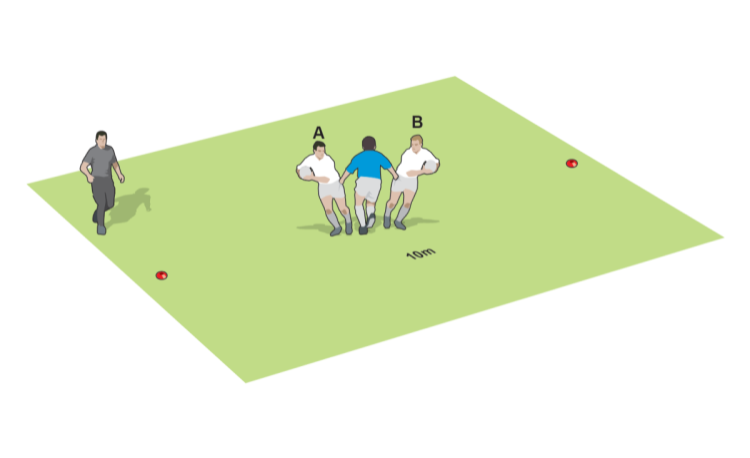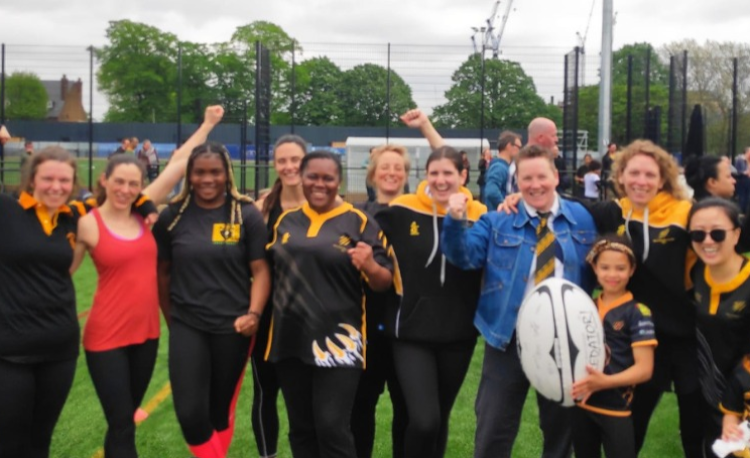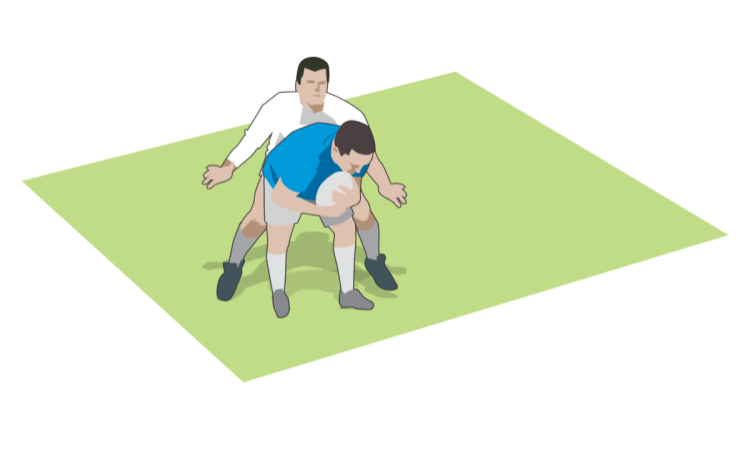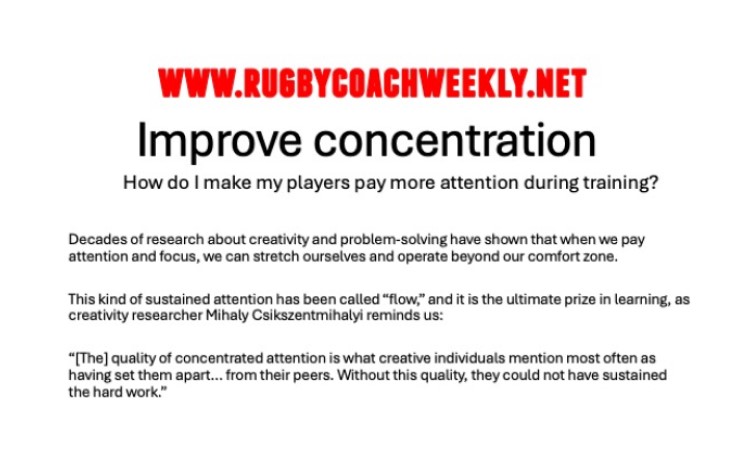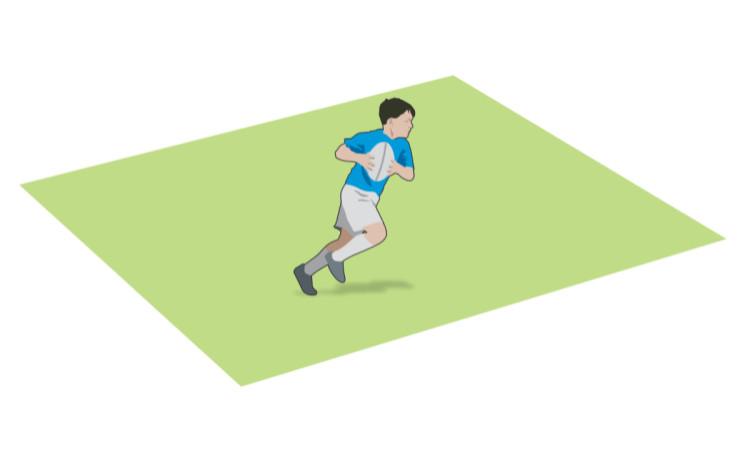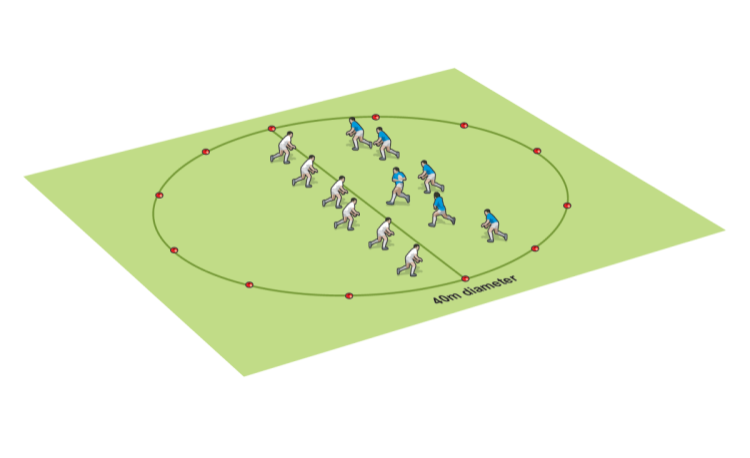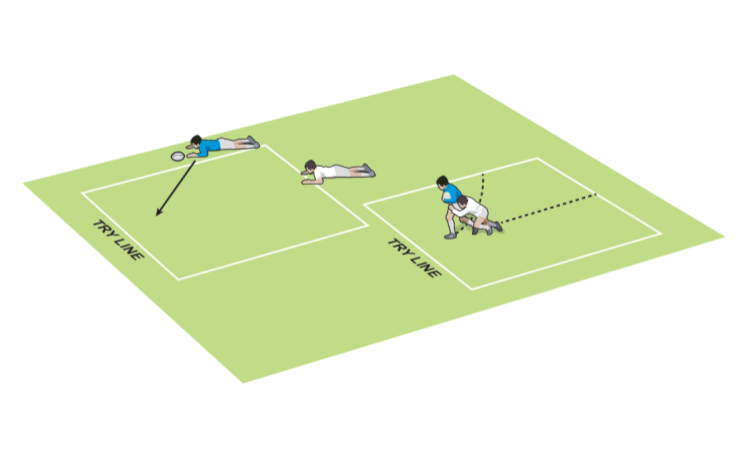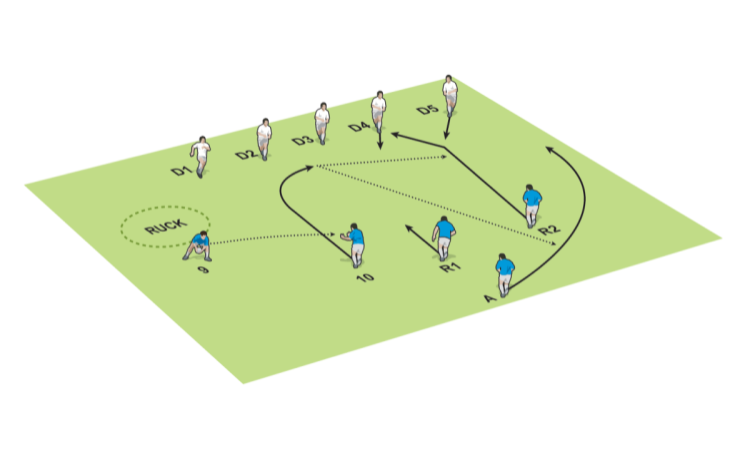You are viewing
1 of your 2 free articles
Two ways to your basics to get back on track
Contactby Dan Cottrell
If your season isn’t progressing at the pace you wanted, then go back to some core skills to reboot, refresh and move forward. Here’s two back-to-basics ways to do it…
Good scrummaging positions help players with their all-round contact game. But, essentially, a good scrum is the best platform to get set your attack in motion. Quick attacking ball has their back-row engaged and gives your backs a chance to make dents in their line (or use your number 8 from a pick up). You can then launch your second phase going forward and so on. In defence, the reverse is true, and you can build your system around disrupting them at the scrum. Though you can spend time on binding across the rows, this is wasted if the players cannot push powerfully on the trigger. The trigger is the ball being put in, so develop from one v one scrums.
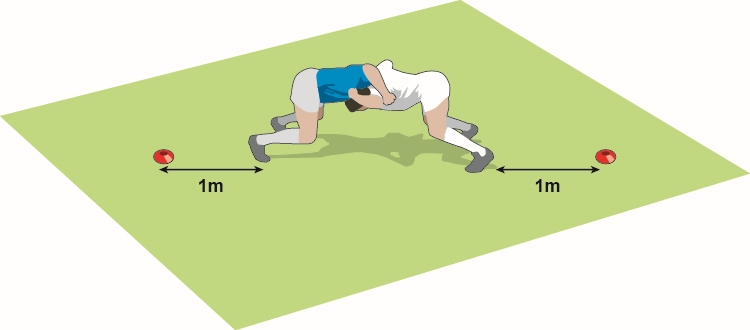
The ball carrier has an important role to keep the ball secure near and in contact. But not all players are built the same and as they approach contact, some will be able to slip through gaps while others will be more physical. The more the players can work on pressure situations, the better they can decide on which skills to use. And, because you want them to connect with their support to keep the ball alive, you want support players to understand what sort of techniques their team mates will use.
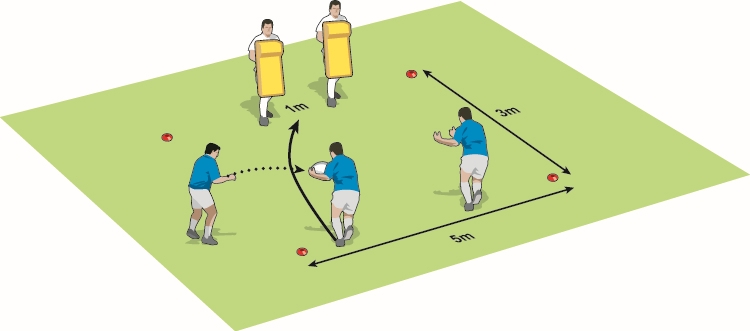
SCRUM PROFILES
Good scrummaging positions help players with their all-round contact game. But, essentially, a good scrum is the best platform to get set your attack in motion. Quick attacking ball has their back-row engaged and gives your backs a chance to make dents in their line (or use your number 8 from a pick up). You can then launch your second phase going forward and so on. In defence, the reverse is true, and you can build your system around disrupting them at the scrum. Though you can spend time on binding across the rows, this is wasted if the players cannot push powerfully on the trigger. The trigger is the ball being put in, so develop from one v one scrums.

- Work as one v ones.
- Fold together and then bind.
- Have a third player or coach check binds (on the back or the side of the player, not the arm).
- Hold the pushing position for at least one second.
- Blow your whistle (or have a player put a ball in the middle of their feet) and the players aim to push their opponent back 1m.
- Develop by moving to 2 v 2 and then 3 v 3.
- Keep feeding back on what techniques work best.
CONTINUITY
The ball carrier has an important role to keep the ball secure near and in contact. But not all players are built the same and as they approach contact, some will be able to slip through gaps while others will be more physical. The more the players can work on pressure situations, the better they can decide on which skills to use. And, because you want them to connect with their support to keep the ball alive, you want support players to understand what sort of techniques their team mates will use.

- Set up a feeder, footworker (first receiver) and support player in front of two ruck-pad holders.
- Have the feeder make a short pass to the footworker. He runs at the inside pad and then steps into the gap. The support player also moves forward.
- The footworker bursts through and offloads, passes before contact, or goes to ground after the contact.
- Develop by taking away the ruck pads.
- Note the short distance – it puts pressure to use quick steps and good handling skills to keep the ball alive.
Newsletter Sign Up
Coaches Testimonials

Gerald Kearney, Downtown Las Vegas Soccer Club

Paul Butler, Florida, USA

Rick Shields, Springboro, USA

Tony Green, Pierrefonds Titans, Quebec, Canada
Subscribe Today
Be a more effective, more successful rugby coach
In a recent survey 89% of subscribers said Rugby Coach Weekly makes them more confident, 91% said Rugby Coach Weekly makes them a more effective coach and 93% said Rugby Coach Weekly makes them more inspired.
Get Weekly Inspiration
All the latest techniques and approaches
Rugby Coach Weekly offers proven and easy to use rugby drills, coaching sessions, practice plans, small-sided games, warm-ups, training tips and advice.
We've been at the cutting edge of rugby coaching since we launched in 2005, creating resources for the grassroots youth coach, following best practice from around the world and insights from the professional game.
More from us
© 2023 Rugby Coach Weekly
Part of Green Star Media Ltd. Company number: 3008779
We use cookies so we can provide you with the best online experience. By continuing to browse this site you are agreeing to our use of cookies. Click on the banner to find out more.




